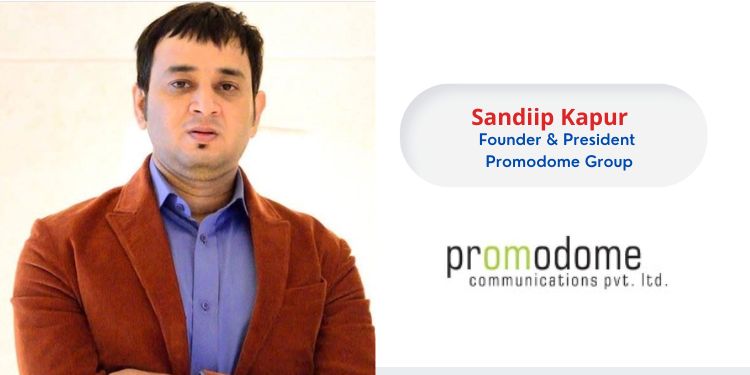Technology is a powerful instrument for implementing an unconventional strategy to stand out from the competition in the age of fierce brand competition and information-overflowing social media. Digital advertising outperforms traditional types of advertising by precisely tracking and measuring the ROI from campaigns in real-time.
The COVID-19 pandemic has accelerated the progress of digitalisation, while technology has changed the world of digital advertising. Technology is a powerful instrument for implementing an unconventional strategy to stand out from the competition in the age of fierce brand competition and information-overflowing social media. Here are a few examples of how technology is changing the digital advertising landscape.
Increasing Productivity
Automation has impacted every industry, and digital advertising is no exception. Marketing automation uses cutting-edge technologies to boost operational effectiveness and streamline digital advertising procedures. Automated advertising solutions boost productivity, reduce waste, and free marketers from repetitive, boring jobs. Additionally, marketing automation offers strategic insights that help with decision-making. Marketing automation solutions are helpful in today’s multi-channel, cross-device digital advertising environment because they make managing the entire campaign easy and seamless.
Precise Targeting
A vital component of any digital advertising campaign is determining who the target market is. Your target audience might not be every client. With the aid of technology, the target market can be reduced in size, filtered, and divided into groups according to their demography, location, interests, and behaviour. For instance, Facebook Ads Manager is a robust tool that provides a wide range of possibilities to develop the profile of your target demographic. The type of material most likely to resonate with your target clients can also be determined using technology. Understanding your target audience’s mindset and online behaviour is made much easier by tools like BuzzSumo and SEMrush. It also enables the exclusion of a portion of the audience that might not be appropriate for your brand.
ROI Tracking And Measurement
Digital advertising outperforms traditional advertising by tracking and assessing ROI in real time. It also allows marketers to correct course and alter methods for better results. AI-based tracking and analytics help companies make quick decisions and enhance sales. Machine learning allows a complete understanding of customer touchpoints and their consequences on brands, similar to the human study of finite data points. Marketers employ predictive analytics to discover patterns and impact consumer behaviour.
Personalisation
Personalisation leads digital advertising techniques to keep a competitive edge. Your company’s growth requires a customer-focused strategy. Personalisation implies communicating with your target market and adapting your brand approach to their demands. 94% of marketers say personalising the web experience is crucial to their company’s success. Epsilon found that 80% of consumers plan to buy from personalised brands. Keep in touch with your target audience with Mailchimp and Google Forms, and consider their suggestions. Amazon Assistant gives product recommendations outside of Amazon to personalise browsing.
Maximising Customer Experience
Voice search and video marketing have redesigned brand-customer interactions. According to a study, videos get 50 times more attention than text. YouTube users on mobile are 1.4 times more likely to watch and share video ads. Wearable technology, virtual reality, augmented reality, and other technologies have improved customer engagement. Snapchat and Instagram photo filters are popular because they entertain users.
Personalisation and improved customer experiences increase client retention. Remarketing lets you stay in touch with clients, reignite their buying passion, and encourage repeat business. Remarketing is a crucial marketing funnel component. It creates brand champions who promote your firm on internet forums and social networks. Watchfinder employed remarketing in 2014 to raise AOV and ROI by 13%.
Conclusion
Technology promotes innovation and creativity. Brands create disruptive advertising to stand out from the competition. Campbell’s Souptube used Google’s Vogon technology to produce 1,700 highly targeted YouTube pre-roll ads. Between May and July 2016, the tool generated 1.5 million views and a 55% increase in Campbell’s Simply Soup sales. British Airways’ billboard ads in Piccadilly Circus and Chiswick, London, are activated by monitoring equipment when an aeroplane passes directly overhead.
Technology is a magic bullet for brands wanting to boost company performance and stay competitive. Personalisation and storytelling form the foundation of every digital advertising campaign, with technology functioning as a tool. Technology’s downsides include cybercrime, job loss, and privacy difficulties. The technology effectively entails finding the right combination, using it correctly, and following industry trends.
Views expressed are personal.
















